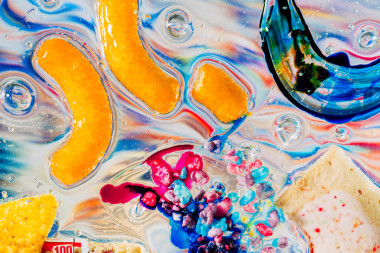Why California Is Considering Banning Food Dyes in Schools
Joel Nigg, a professor of psychiatry at Oregon Health and Science University, performed a similar review in 2012. He had expected to find evidence that would reassure those who were worried about food dyes, he said. However, he also found a small but significant increase in hyperactivity when children consumed the dyes. Other researchers have come to similar conclusions.
Dr. Nigg and other experts have acknowledged the various limitations with the research. In addition to most of the available studies being small, many are also decades old and some rely on parents’ reports of their children’s behaviors, which can be biased. Some also tested dyes that weren’t used in the United States, making it difficult to say if the results apply to children in this country.
No large, representative studies have been done on children in the United States, Dr. Nigg said. And researchers aren’t sure how, exactly, the dyes might increase hyperactivity; one study in children suggested that regulation of histamine, a neurotransmitter that can affect behavior, may be involved. In some studies on rodents, researchers have also reported that high levels of the dyes could cause cellular damage and affect signaling and structures in the brain.
The F.D.A., along with an international committee of food safety experts, has emphasized the limitations of the research while maintaining that the food dyes currently approved in the United States are safe.
Industry groups, including the Consumer Brands Association, which represents packaged food and drink companies, as well as the International Association of Color Manufacturers and the American Beverage Association, have opposed the bill.
Jim Coughlin, a nutritional toxicologist who has reviewed the research and testified against the bill on behalf of Consumer Brands Association, said that the studies had been too inconsistent to convince him that the dyes were harmful.
But Dr. Nigg said that given the scientific uncertainty — and the fact that dyes add no nutritional value to meals — it makes sense to avoid having them in schools.
“There’s a reasonable suspicion that food dyes may be harmful, at least for some kids,” Dr. Nigg said. “So why expose them to it?”
